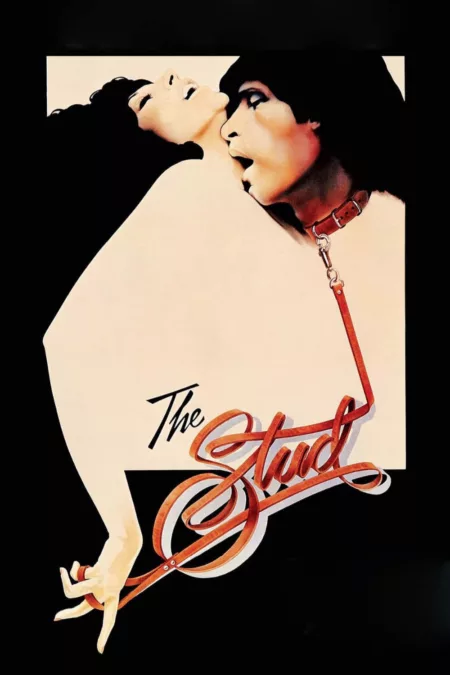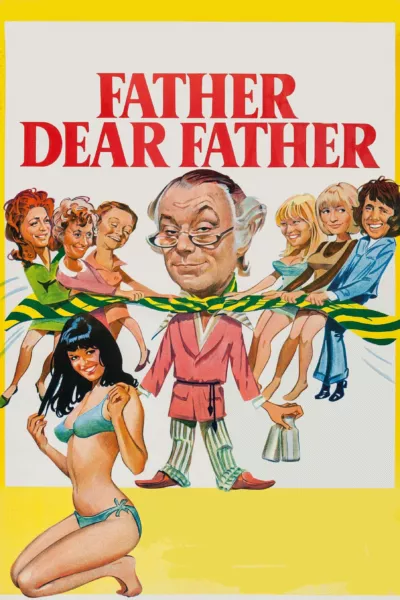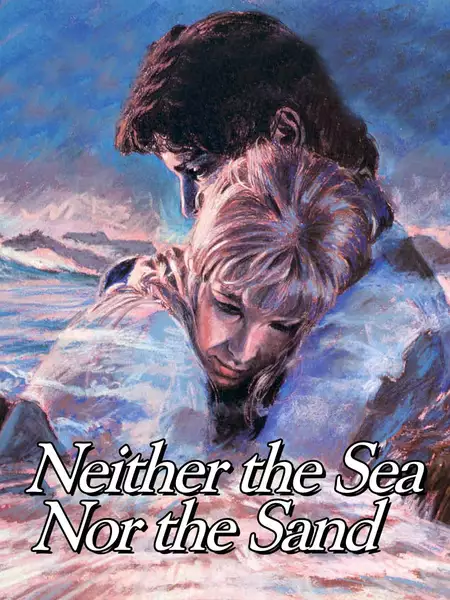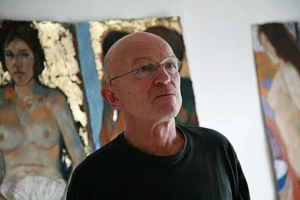Biography
(No Information)
Filmography
all 3
Movies 3
Art Direction

The Stud (1978)
Movie
ProductionDesigner

Father Dear Father (1973)
Movie
Art Direction

Neither the Sea Nor the Sand (1972)
Movie
Information
Known ForArt
GenderMale
CitizenshipsUnited Kingdom
This article uses material from Wikipedia.
Last updated:
Image credit: Michael Bastow, CC BY-SA 4.0, via Wikimedia Commons
 Michael Bastow
Michael Bastow- Filmography
- Information